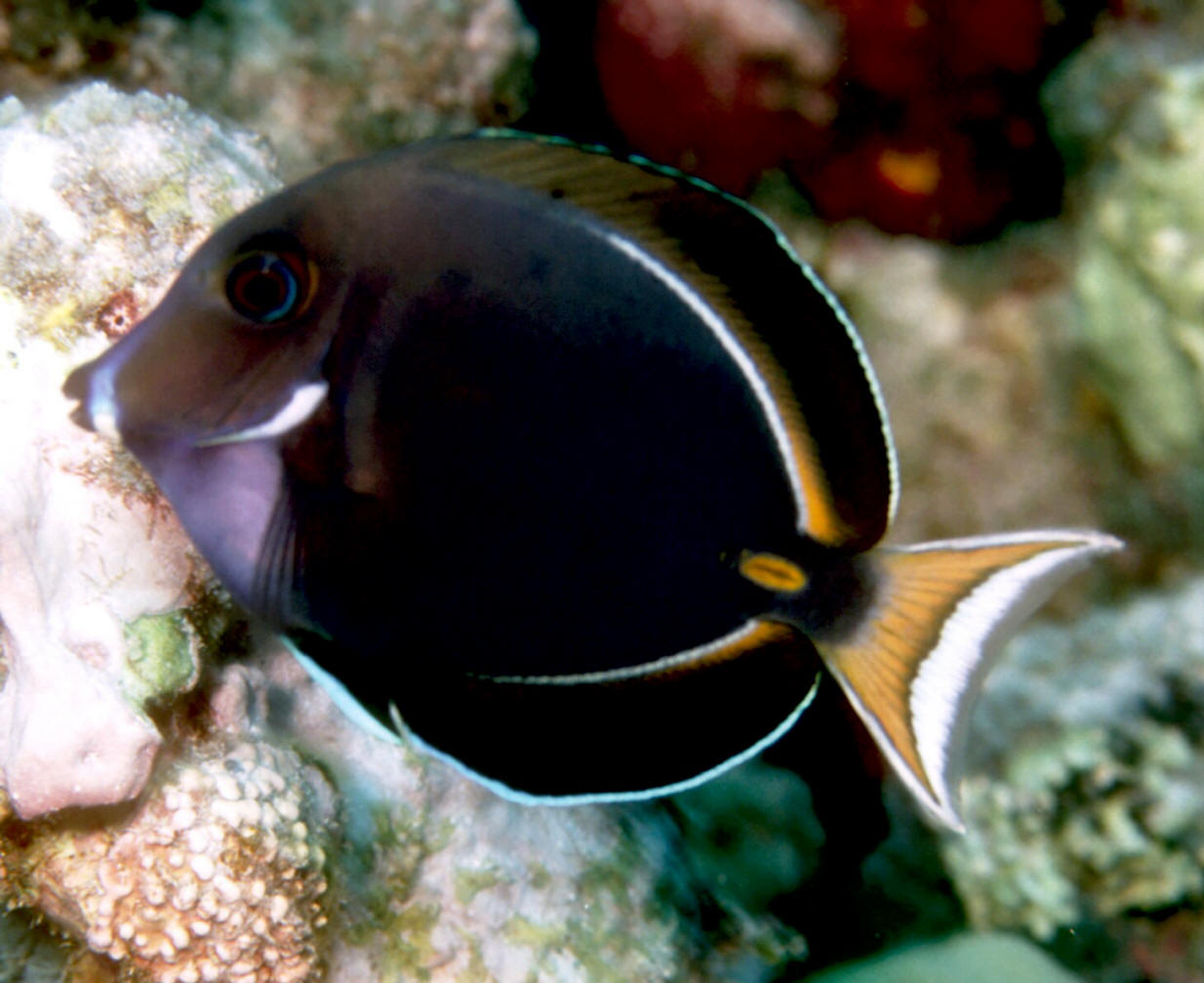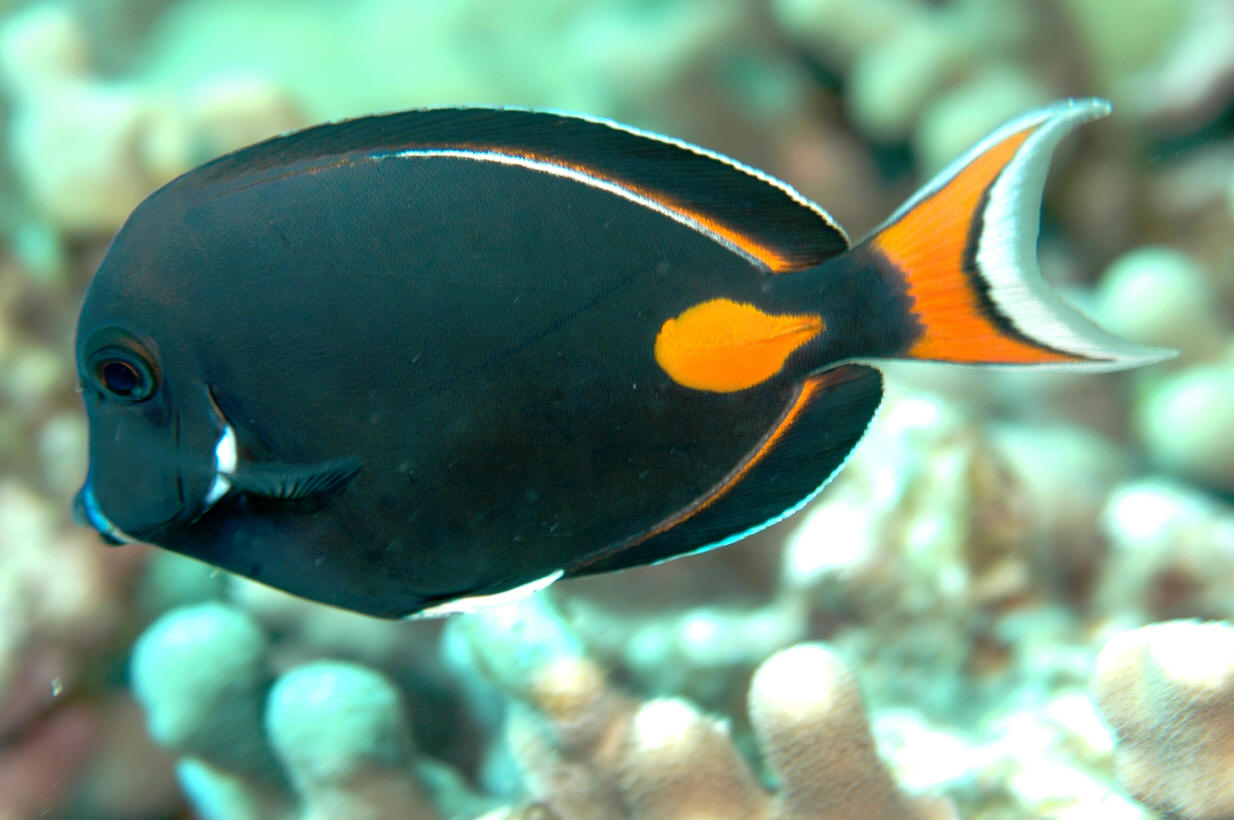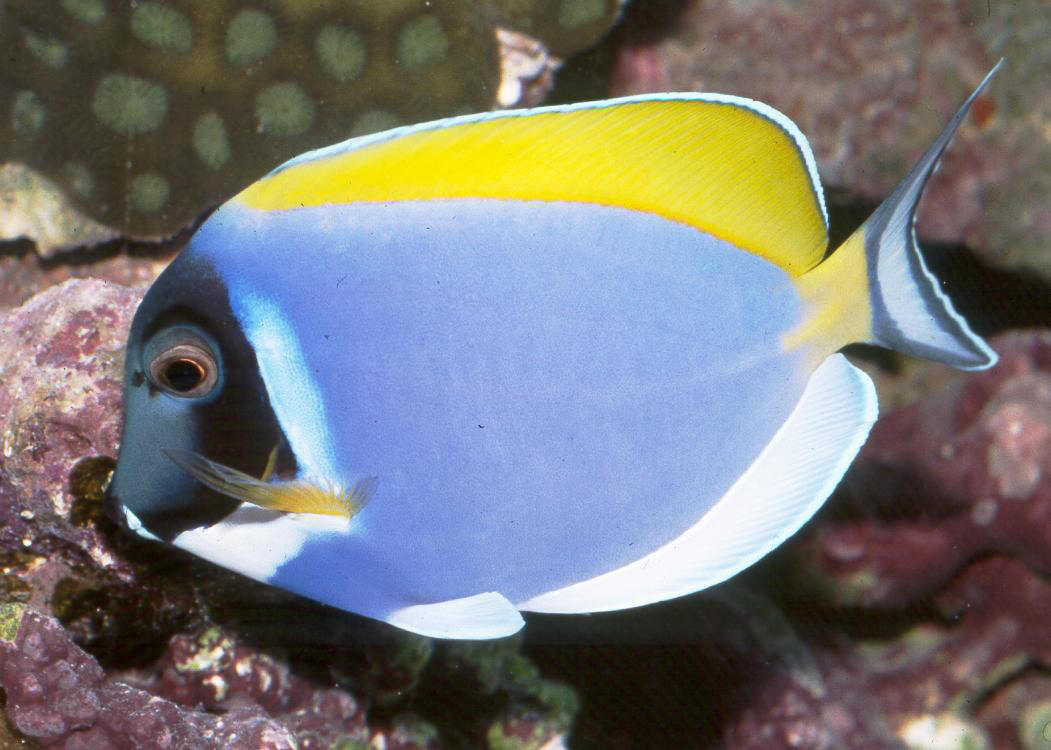Archive 171: Daily Pix FULL SIZE
(For personal use only: NOT public domain)
(Mmm, right click, add, set as background...)
To: Today's: Desktop size
download , Today's FAQs, SW SW Archive
100, SW Archive
101, SW Archive
102, SW Archive
103, SW Archive
104, SW Archive
105, SW Archive
106, SW Archive
107, SW Archive
108, SW Archive
109, SW Archive
110, SW Archive
111, SW Archive
112, SW Archive
113, SW Archive
114, SW Archive
115, SW Archive
116, SW Archive
117, SW Archive
118, SW Archive
119, SW Archive
120, SW Archive
121, SW Archive
122, SW Archive
123, SW Archive
124, SW Archive
125, SW Archive
126, SW Archive
127, SW Archive
128, SW Archive
129, SW Archive
130, SW Archive
131, SW Archive
132, SW Archive
133, SW Archive
134, SW Archive
135, SW Archive
136, SW Archive
137, SW Archive
138, SW Archive
139, SW Archive
140, SW Archive
141, SW Archive
142, SW Archive
143, SW Archive
144, SW Archive
145, SW Archive
146, SW Archive
147, SW Archive
148, SW Archive
149, SW Archive
150, SW Archive
151, SW Archive
152, SW Archive
153, SW Archive
154, SW Archive
155, SW Archive
156, SW Archive
157, SW Archive
158, SW Archive
159, SW Archive
160, SW Archive
161, SW Archive
162, SW Archive
163, SW Archive
164, SW Archive
165, SW Archive
166, SW Archive
167, SW Archive
168, SW Archive
169, SW Archive 170, SW Archive 172, SW Archive 173, SW Archive 174, SW Archive 175, SW Archive 176, SW Archive 177, SW Archive 178, SW Archive 179, Freshwater
Pic of the Day Link,
|
LG.JPG) |
| P. E.
xanthometopon, alternatively the Blue
or Yellow-Faced Angel, also has six white body lines as juveniles,
but may be told apart from E. sexstriatus by their having
three blue tail stripes to the Six-Bands one or two. This is the
hardiest member of the subgenus, though most live less than three
months. Sipadan adult |
|

|
| Acanthurus. achilles Shaw
1803, Achilles tang. Widely distributed from Hawaii westward
through Micronesia and Melanesia, an area called Oceania (also
reported from Mexico's Baja tip). Though the best specimens do
hail from U.S.s 50th state success with this species can only be
had by securing a healthy specimen, providing a large
well-established living space, with high, consistent specific
gravity and oxygen concentration. Juvenile off the Big Island of
Hawai'i. |
 |
| Acanthurus. achilles Shaw
1803, Achilles tang. Widely distributed from Hawaii westward
through Micronesia and Melanesia, an area called Oceania (also
reported from Mexico's Baja tip). Though the best specimens do
hail from U.S.s 50th state success with this species can only be
had by securing a healthy specimen, providing a large
well-established living space, with high, consistent specific
gravity and oxygen concentration. Adult off the Big Island of
Hawai'i. |
 |
| Acanthurus leucosternon Bennett
1832, the Powder Blue Tang. I can hear some of you screaming,
"this isn't a difficult fish!" "I've known
people to keep the Powder Blue for years!" Most specimens
don't make it even through capture and shipping. Those that are
well received and cared for sometimes do live for a good long time.
Two maxims for success: One to a tank, and lots of live rock with
algae. Aq. pic |
|
|

